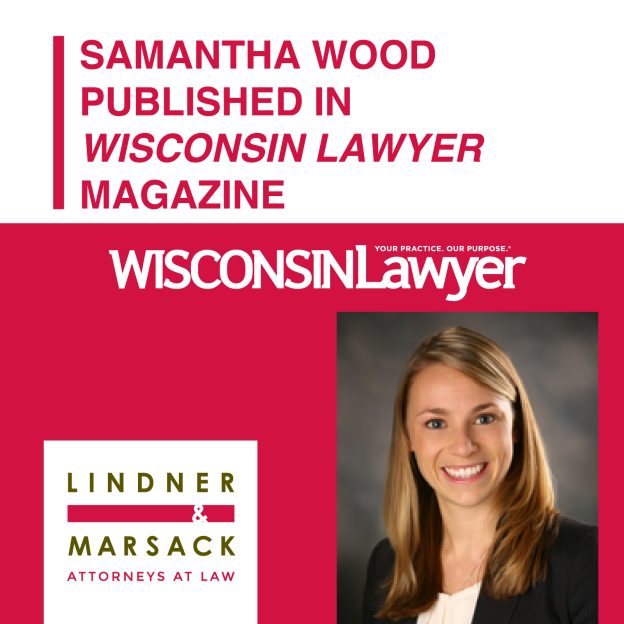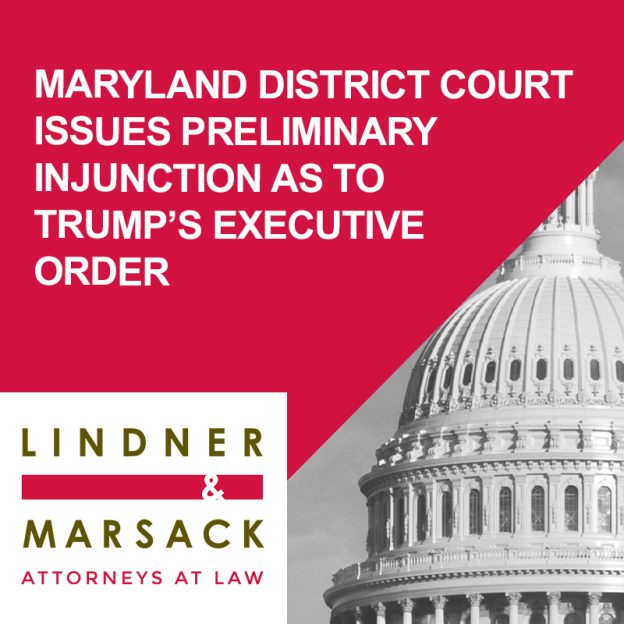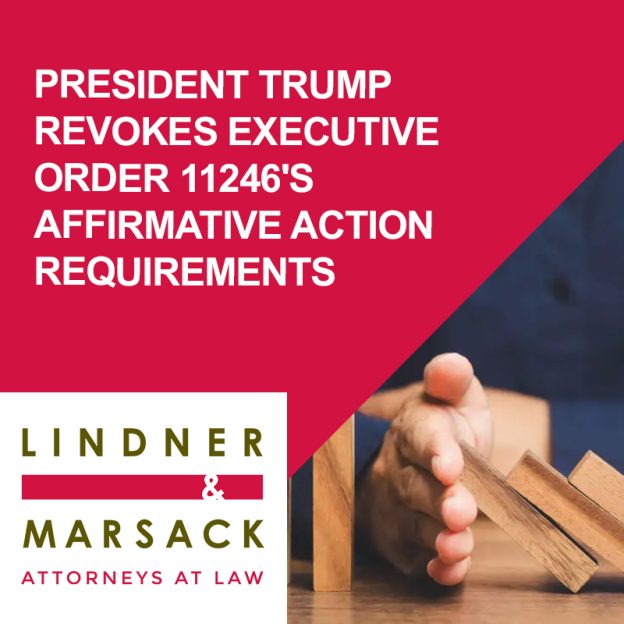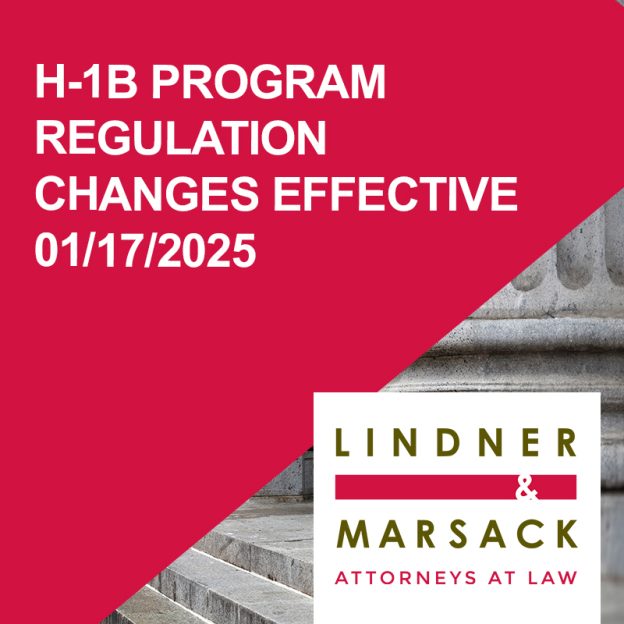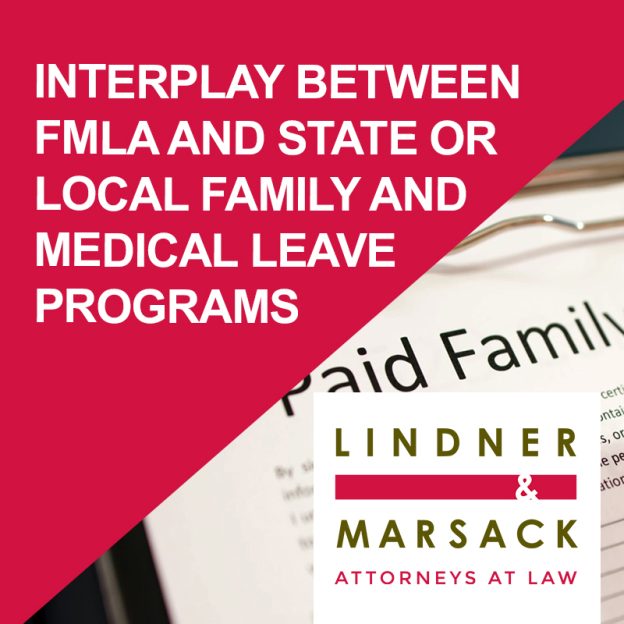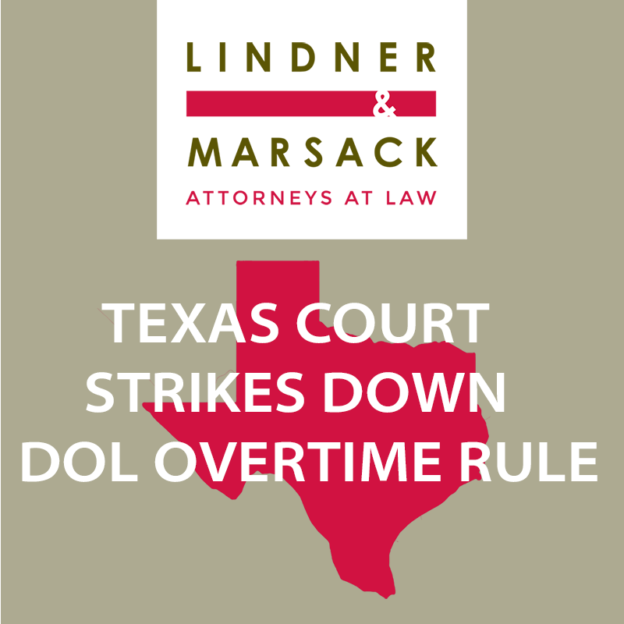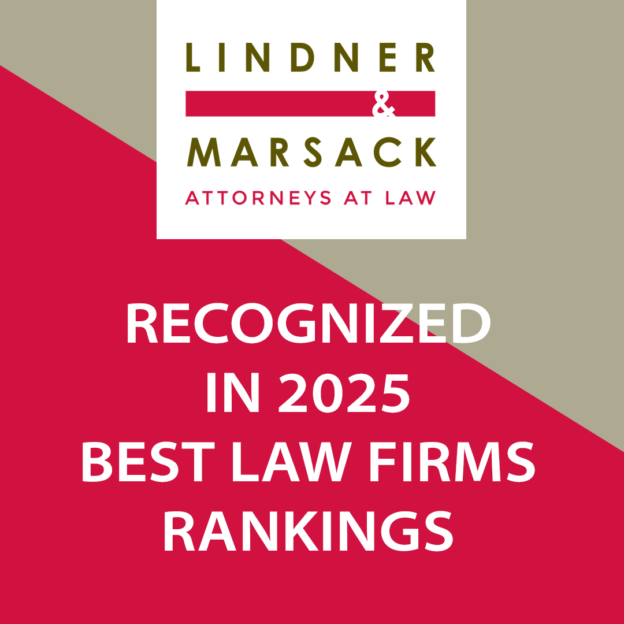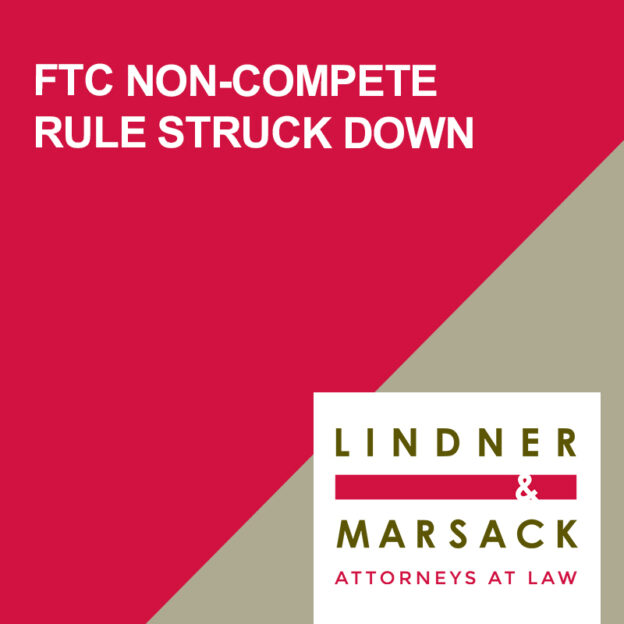We would like to congratulate Samantha Wood, attorney at Lindner & Marsack, S.C., on her recent publication in Wisconsin Lawyer. Her article, “Leveraging Immigration to Address Labor Shortages,” provides timely and essential guidance for employers navigating workforce challenges in today’s tight labor market. Samantha explores how nonimmigrant visa programs—such as H-1B, TN, L-1, R-1, O-1, […]
